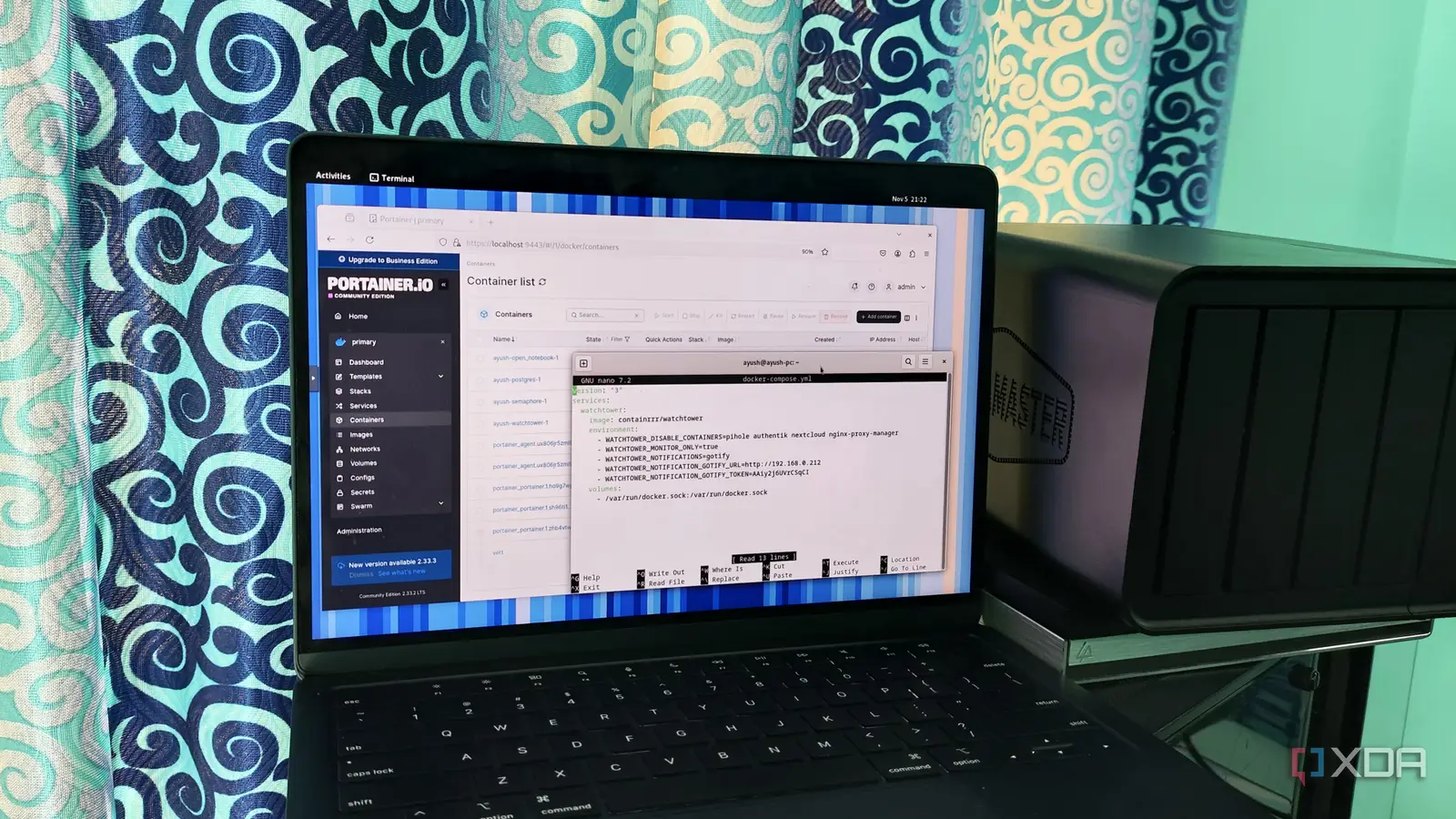Copyright Forbes

In a year defined by rapid technological evolution and heightened political tension, the most notable changes weren’t simply the surge of new AI tools or the increased impact of politics at work—it was how people led through these overlapping disruptions. Many organizations rushed ahead, convinced that speed would lead to progress and renewed engagement. For example, according to McKinsey & Company’s research for their “Superagency in the workplace: Empowering people to unlock AI’s full potential” report, 92% of companies plan to boost their AI investment in the next three years, but only 1% say they are mature in deploying it. Meanwhile, based on surveying thousands of certified HR professionals in February and March 2025, the HR Certification Institute reports that 27% of HR professionals have witnessed a political argument at work, 28% felt that political polarization impacted their organization’s ability to hire and 59% said political tensions have strained their relationships with clients and customers. As we reach the end of another year, the question is not whether or not to adapt, but how to adapt. Here’s what we can learn from three thoughtful HR leaders about what 2025 revealed and what 2026 will demand. The Cost Of Moving Too Fast Many organizations moved aggressively to implement change in 2025, rolling out AI pilots and new tools without clearly communicating their purpose or equipping employees with the necessary skills, training and time to use them effectively. As Vanessa Gilardi, people director for Sonar, told me in an interview, “2025 showed many of us that activity doesn’t equal progress.” The drive to move fast—to automate, announce or adapt—often increased confusion and frustration while hurting engagement. Many organizations also make the mistake of viewing AI through too narrow a lens. Talent and HR professional Samantha Schneider shared to me in an interview: “Treat AI like a compliance and people issue, not just an IT project, and establish an AI governance plan with cross-functional teams.” Both Schneider and Gilardi raised the interrelatedness of technology and people. “When possible, double down on reskilling and internal mobility, not layoffs as a default answer,” Schneider said. “Provide training for actual, role-specific AI literacy, not generic webinars.” MORE FOR YOU This integrated approach—where AI strategy encompasses technology, people and governance—fundamentally shifts how organizations should think about implementation. And what both experts describe is a paradigm shift: AI adoption is most successful when it enhances human abilities instead of trying to replace people. Gilardi told me, “We’re preparing the workforce for a future we can’t fully see, so the question isn’t how to replace humans with technology, it’s how to use both in the right way: AI for scale, human judgment for sense.” In sum, HR leadership in 2025 showed us what can go wrong when we pursue speed for speed’s sake—instead of focusing on what meaningful progress requires. When The Outside World Shows Up To Work This year also illustrated how the boundaries between work and the world continue to blur. Political debates, global crises and shifting values no longer stop at the office door; they appear in team meetings, conversations between coworkers and in client relationships. “Two areas stand out most as I reflect on the past year: the impact of AI and the highly volatile political and geo-political environment,” CPO of OpenTable Gianna Driver shared with me in an interview. “Change has become the norm and HR and people leaders have had to practice resiliency, think in new ways and focus on our shared humanity.” Against the rapid change and intense political backdrop, the best HR leaders don’t silence difficult conversations; they create the conditions for collaboration by cultivating psychological safety, modeling empathy and staying consistent in their approach. In times of volatility, trust and emotional steadiness are far more than nice-to-have soft skills. They are the backbone of employee relations and the strongest HR leaders apply these skills daily. HR Leadership Trends To Watch In 2026 From AI adoption strategies to rebuilding human skills, three HR leadership trends will shape how people leaders meet the demands of 2026: scaling technology thoughtfully, leading with humility and curiosity and elevating the human skills that keep workplaces grounded. On the first trend, Gilardi advises, “Start small. Use AI to fix real pain points first, not everything at once. Pick a few champions in each team and let them lead adoption in a way that makes sense locally.” That mindset favors experimentation with clear guardrails instead of sweeping, top-down rollouts that overpromise and underdeliver. Schneider elaborates on the second trend: “Don’t be afraid to not know. AI isn’t a fad and none of us has it fully figured out yet. Stay curious.” Her point highlights the importance of humility and continuous learning as core leadership competencies. Finally, Driver adds, “As we head into 2026, I advise leaders to double-down on the human skills and competencies that will allow our employees to flourish in an ever-changing world of AI and polarizing politics: empathy, agility, communication and compassion.” These four skills will matter more than hard technical skills. Empathy fosters stability, agility drives innovation, communication leads to clarity and compassion builds trust. The most effective HR leaders in 2026 will embed these qualities into decision-making, measuring success by alignment and sustainability—not only speed or scale. Leadership That Centers Intention And Purpose While 2025 exposed the cost of reactivity, 2026 will demand that HR and people leaders center intentionality: identifying which technologies actually add value, rebuilding workplace trust and facilitating respectful communication. Leading responsively—not reactively—will define success. And real progress will belong to the HR leaders who pause long enough to lead with true purpose.



